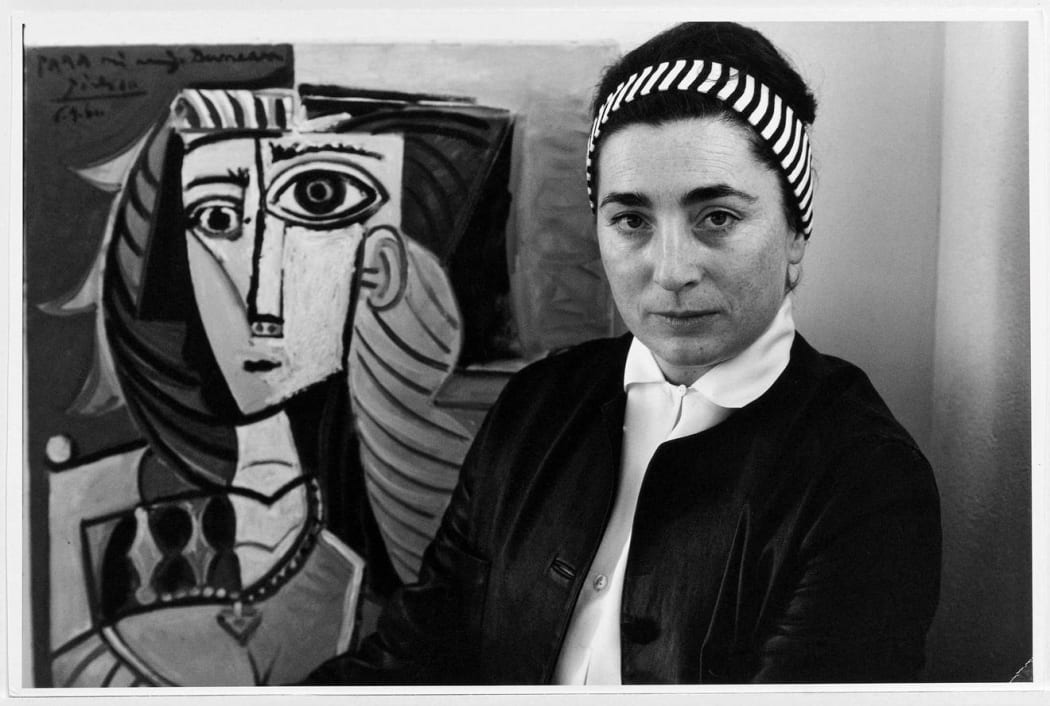
In the summer of 1957, writer and art critic Carlton Lake called on the seventy-six year old Pablo Picasso in his villa, situated in the hills outside of Cannes, France. Lake, Picasso, and Jacqueline, his young wife, settled into wicker chairs around the dining room table. As they chatted, Lake’s attention caught on an unframed canvas placed on a shelf over Jacqueline’s shoulder. It was her portrait in profile, showing her looking off to the left with sharply lined, geometrically fractured features. It was stylized, but undeniably her.
Lake pointed to it and records asking, “How would you explain to a person whose training made him look on that as deformation, rather than formation, why you had done it that way?"

Pablo Picasso: Jacqueline au bandeau. II, 1962, linocut, 29 5/8 x 23 7/8 inches.
Rather than rankle at this turn in the conversation, Lake remembers Picasso saying, “Let me tell you a story.” He proceeded to tell of the soldiers that came to visit his studio in Paris after the war. They examined his work to various degrees of appreciation, and almost always showed Picasso pictures of their loved ones at home. He said: “One day one of them who had made some kind of remark... about how 'It doesn't really look like that, though,' got to talking about his wife and he pulled out a tiny passport-size picture of her to show me. I said to him, 'But she's so tiny, your wife. I didn't realize from what you said that she was so small.'”
Picasso began laughing and gestured back to the painting. “Eh bien,” he said, “it's the same story here – it's a question of optique.”*
*Lake, Carlton. “Picasso Speaking.” The Atlantic (July 1957).
